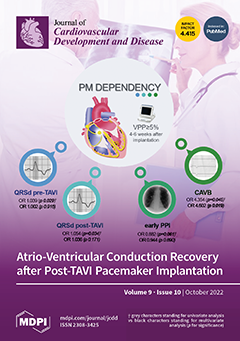Background: The relationship between diastolic blood pressure (DBP), risk factors, and stroke severity in acute ischemic stroke (AIS) patients treated in a telestroke network is not fully understood. The present study aims to determine the effect of risk factors on stroke severity in AIS patients with a history of elevated DBP. Material and Methods: We retrospectively analyzed data on stroke severity for AIS patients treated between January 2014 and June 2016 treated in the PRISMA Health telestroke network. Data on the severity of stroke on admission were evaluated using NIHSS scores ≤7 for reduced, and >7 for increased, stroke severity. DBP was stratified as ≤80 mmHg for reduced DBP and >80 mmHg for elevated DBP. The study’s primary outcomes were risk factors associated with improving neurologic functions or reduced stroke severity and deteriorating neurologic functions or increased stroke severity. The associations between risk factors and stroke severity for AIS with elevated DBP were determined using multi-level logistic and regression models. Results: In the adjusted analysis, AIS patients with a DBP ≤ 80 mmHg, obesity (OR = 0.388, 95% Cl, 0.182–0.828,
p = 0.014) was associated with reduced stroke severity, while an increased heart rate (OR = 1.025, 95% Cl, 1.001–1.050,
p = 0.042) was associated with higher stroke severity. For AIS patients with a DBP > 80 mmHg, hypertension (OR = 3.453, 95% Cl, 1.137–10.491,
p = 0.029), history of smoking (OR = 2.55, 95% Cl, 1.06–6.132,
p = 0.037), and heart rate (OR = 1.036, 95% Cl, 1.009–1.064,
p = 0.009) were associated with higher stroke severity. Caucasians (OR = 0.294, 95% Cl, 0.090–0.964,
p = 0.002) and obesity (OR = 0.455, 95% Cl, 0.207–1.002,
p = 0.05) were more likely to be associated with reduced stroke severity. Conclusions: Our findings reveal specific risk factors that can be managed to improve the care of AIS patients with elevated DBP treated in the telestroke network.
Full article






